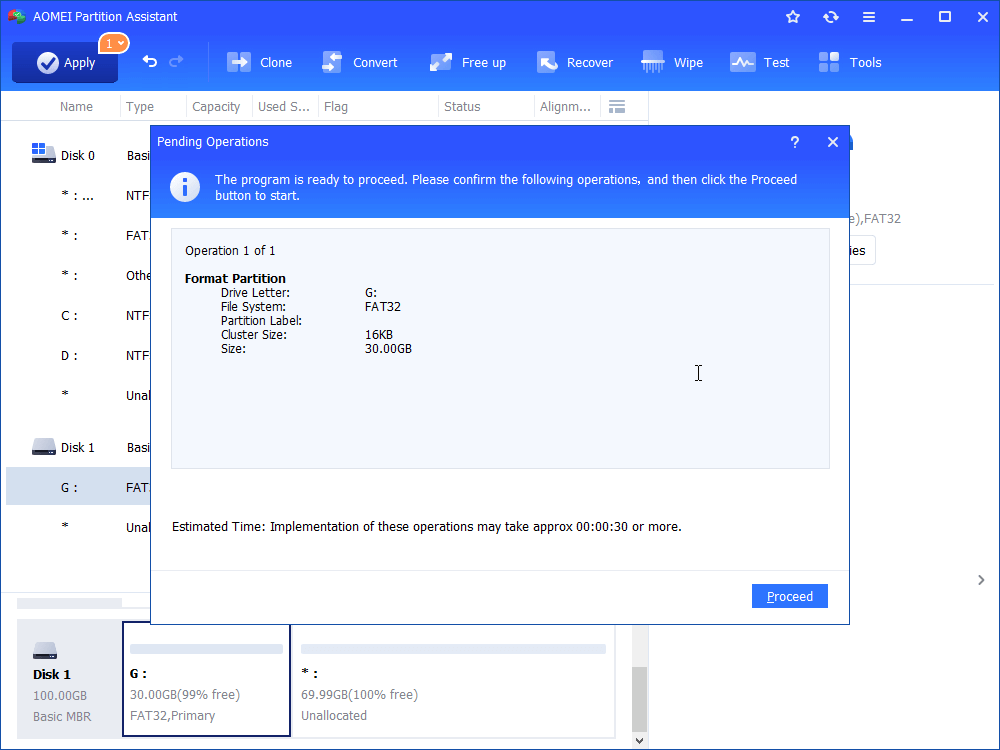

#How to reformat a usb drive through command prompt how to
Here are 4 proven methods on how to format USB flash drive to NTFS in Windows 10. How to Format USB Flash Drive to NTFS on Windows 10? This means that if ever your PC unexpectedly shuts down or you experience a system crash, you can recover files that were lost during the event. NTFS also has a Change Journal where the driver keeps track of the changes made within the drive. Because it’s a relatively new file type, it has increased security from its new features like file permissions and encryptions. It’s a new improvement from previous file types like File Allocation Table (FAT) or Extended File Allocation Table (exFAT) previously used by Microsoft Windows. It’s a way of organizing files within a flash drive. It stands for the NT File system and is also called the New Technology File System. You can copy or add files of any size and the partition sizes usually have a large capacity. Meanwhile, NTFS doesn’t have this limitation. This may be a hassle for some users who want to transport large files like movies, program installers, etc. With a USB drive that uses the FAT32 file type, you can only copy or add files less than 4GB. But for most users, they always find the need to convert or format their USB drive to NTFS. Some people are fine with keeping this format. The default format used by most USB flash drives and other external storage media is FAT32.


Why Do You Need to Format a USB Drive to NTFS?


 0 kommentar(er)
0 kommentar(er)
